Rain Lily – ZEPHYRANTHES
Rain Lily, also known as Zephyranthes, is a charming flowering plant that belongs to the Amaryllidaceae family. With its delicate blooms and ability to thrive in moist conditions, Rain Lily is a popular choice for gardens and landscapes. Here’s all you need to know about Rain Lily or Zephyranthes plants:
Plant Description:
Rain Lily plants typically feature grass-like foliage that emerges from small bulbs. The trumpet-shaped flowers come in various colours, including white, pink, yellow, and red. Each flower lasts briefly, but the plant often produces multiple blooms throughout the growing season.
Growth Habit:
Rain Lily plants have a clumping growth habit, forming attractive clusters of foliage and flowers. They generally reach about 6 to 12 inches, making them suitable for borders, rock gardens, or container planting.
Flowering Period:
Rain Lily plants bloom in response to rain or moisture, hence the name “Rain Lily.” They typically flower in late spring or summer, although some species may bloom at different times of the year. The flowers emerge on slender stalks above the foliage and add a touch of beauty to the landscape.
Sun and Temperature Requirements:
Rain Lily plants prefer full sun to partial shade conditions. Rain Lily plants exhibit excellent temperature tolerance, enabling them to thrive in various climates, from warm and tropical to cool and temperate regions. This adaptability makes them well-suited for cultivation in diverse geographical areas.
Soil Requirements:
Rain Lily plants thrive in well-draining soil rich in organic matter. They can tolerate different soil types, including sandy or loamy soils, if the soil is not waterlogged.
Watering Needs:
As the name suggests, Rain Lily plants appreciate regular watering and are known to bloom after rain events. While they require consistent moisture, it is important to avoid overwatering, as excessive moisture can lead to bulb rot.
Maintenance:
Rain Lily plants are generally low-maintenance. Regular deadheading of faded flowers can encourage continuous blooming. After the flowering period, the foliage may die back, but the bulbs will remain dormant until the next growing season.
Uses:
Rain Lily plants are well-suited for borders, rock gardens, and naturalized areas. They can also be grown in containers, allowing for mobility and versatility in garden design.
Benefits:
Rain Lily plants provide a stunning display of delicate flowers, adding beauty and charm to any landscape. Their ability to bloom after rain showers makes them an intriguing and captivating addition to gardens. Additionally, Rain Lily plants are generally deer-resistant, making them suitable for areas with deer populations.
Propagation:
Rain Lily plants can be propagated through division or by planting bulbs. Dividing clumps in early spring or fall can help create new plants while planting bulbs at the appropriate depth allows for the establishment of new Rain Lily specimens.
Things to know about RAIN LILY
Common (vernacular) Name
रेन लिली (Hindi), Rain Lily, Zephyranthes Rosea, Zephyr Lily, Rosy Rain Lily, Rose Fairy Lily, Rose Zephyr Lily, Fairy Lily and many more.
Botanical Name
Zephyranthes
Origin
Southern North America South to Central and South America (Peru and Colombia).
Family
Amaryllidaceae
Plant Type
Tropical plant
Plant Features
Ornamental / Evergreen / Exotic
Life Cycle
Perennial
Landscape Uses
Container Planting, Meadow, Naturalized Area, Walkways, Woodland and Houseplants.
Species
Zephyranthes atamasca, Zephyranthes grandiflora, Zephyranthes candida, Zephyranthes ‘Grandjax’, Zephyranthes citrina, Habranthus brachyandrus and Habranthus tubispathus.
Varieties
It comes with over 70 of different varieties in a diversity of leaf and flower colorations. Some famous verities are available in a myriad of colours and exotic variegation, such as Ajax, Apricot Queen, Aquarius, Bali Beauty, Bangkok Yellow, Bayberry Bells, Best Pink, Big Shot, Bombay, Copper Mine, Dark Pink Spider, Fadjar’s Pink, Java, Krakatau, La Buffa Rosea, Libra, Lily Pies, Manning’s Hybrid, Panama Pink’ × flaggii, Paul Niemi, Pink Panther, Pink Spider, Prairie Sunset, Redneck Romance, Rosea, Ruth Page, Starfrost, Salmon Big Shot, Shannon Hill, Summer’s Chill, Tenexico, Twinkle, Twisted Sister, Valles Yellow, Yellow Big Shot, and many more.
Size
Height : 0.6 to 1 feet tall and Width : 1 feet wide when mature.
Indoors or Outdoors
Outdoors : Anthurium can be used outdoors in shady plantings, avoid direct sun light.
Indoors : Excellent plant grow in bright light or indirect light. Best indoor plants for beginners.
Blooming / Flowering
Blooming period is throughout the year.
Flower Colour
It’s come with a contrasting spadix Gold, Yellow, Orange, Pink, White, Green, Purple, Red, Burgundy, Multicolored and Variegated colours.
Lucky Plant
According to Feng Shui, It bring Good Luck in your relationships.
Lighting / Sun Exposure
Bright Indirect Sunlight.
Temperature
Grow best preferably warm temperature above 21°C and can be tolerate max temp. as high as 32°C.
Growth Rate
Anthurium is a slow to moderate growers plant.
Watering
Moderate watering, Mist or over head sprinkler to provide water and to improve relative humidity. Not tolerate overwatering it may cause root damage and yellowing of the leaves.
Fertilizer
Slow-release fertilizer, or a water-soluble liquid fertilizer once or twice in the growing season (Spring through Summer).
i.e. - Cow dung, DAP, Compost, NPK 30-10-10 fertilizer, liquid organic fertilizer etc.
Pruning
Pruning of Anthurium not much is needed. However, trimming away only discolored or dead leaves.
Propagation
Seeds : The best time to sow your Anthurium seeds is in the end of Winter / early Spring but it can't can give good result.
Stem Cuttings : The easier methods of propagation of Anthurium in water or in soil via stem cuttings, and can be done during the warm growing season.
Division : Division of Anthurium can be done in Rainy season, or better in February to March.
Dormancy Period
Month : November to February (winter season)
Shed their leaves and show poor growth, Watering minimally.
Avoid : Propagate, Fertilize and Repotting.
Container
Ceramic Pot, Plastic Pot, Terracotta or Clay Pot is preferred, which ensures good drainage as well as water holding capacity.
Soil Type
A well-drained Loam / Coarse potting soil is recommended as well as water holding capacity. Prevent soggy potting medium.
Our recommendation for potting mix : Equal part mixture of Garden Soil (25%) + Compost (25%) + River Sand (25%) + Cocopeat (25%). You can substitute pieces of Charcoal, Vermicompost, Perlite etc.
Soil pH
Lightly Acidic soil - Ideally 5.5 to 6.5 pH (potential of hydrogen) is recommended for Anthurium.
Repotting
It is advisable to repot the Anthurium every year or two preferably spring to midsummer season.
Maintenance
Low maintenance and easy to grow.
Properties
Toxic or Poisonous to both humans and pets upon ingestion.
Benefits
Excellent indoor air purifier, Anthurium plants turns CO2 into oxygen. It purifies indoor air by removing harmful chemicals like ammonia, toluene, xylene and formaldehyde.
Special Features
Doesn't attract hummingbirds and pollinators like butterflies and bees or wasps.
Infestation / Pests
Aphids, Scale insects, Thrips, Mealy bugs, Spider mites and caterpillars etc.
Diseases / Problem
Physiological Problem : Anthracnose, Leaf Spot and Powdery Mildew.
Bacterial Problem : Bacterial Blight, Bacterial Wilt and Black Nose Disease.
Fungal Problems : Root Rot and Water Mold.
In conclusion, gardeners and enthusiasts prize Rain Lily or Zephyranthes plants for their lovely flowers, ability to adapt to moisture, and overall ease of cultivation. With their bursts of colour and unique blooming behaviour, they can bring magic and elegance to any garden or landscape.
Some Glimpse of RAIN LILY








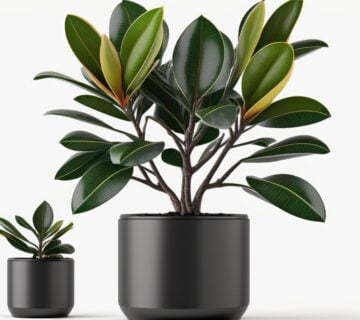
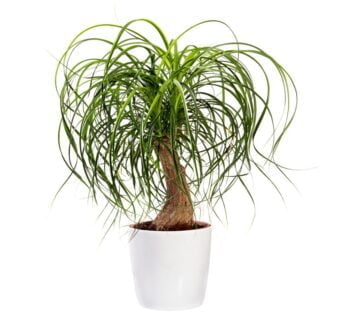
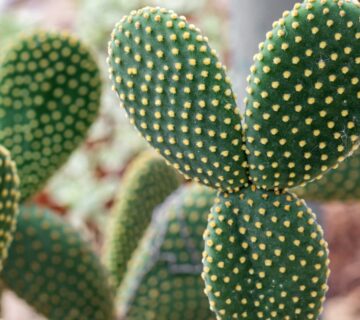
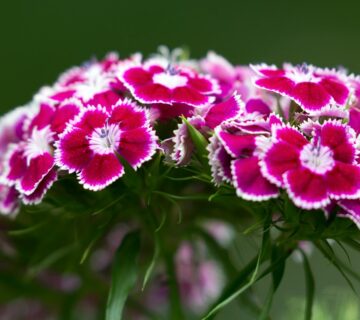
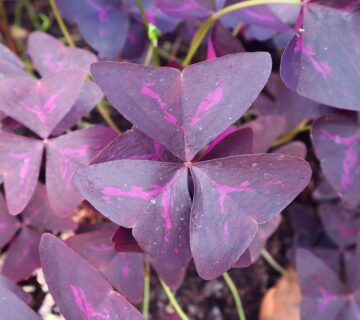


No comment